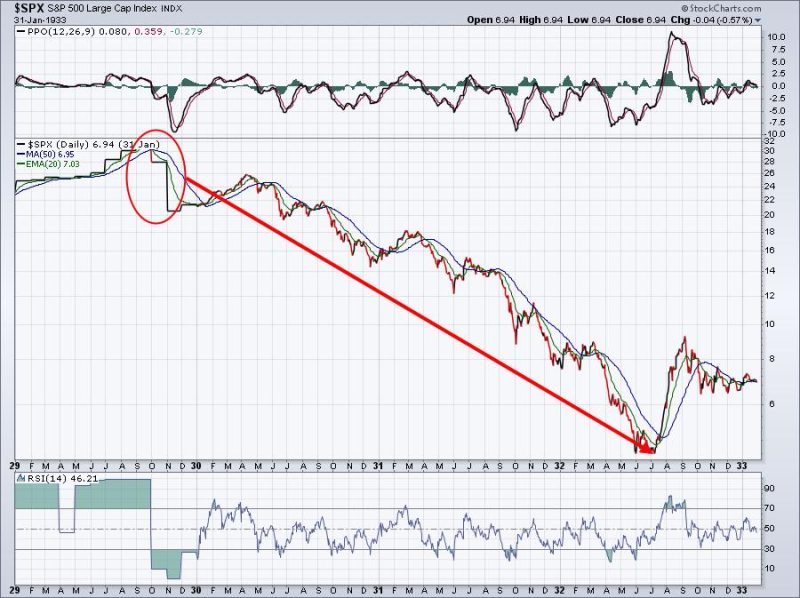As the nation anticipates the arrival of October, investors are closely monitoring the stock market to assess the potential for a significant downturn in U.S. stocks. There is a culmination of various factors that are contributing to the uncertainty and unease surrounding the upcoming month. While some market analysts are cautious about the possibility of a crash in October, others offer cautious optimism, citing different indicators and historical trends.
One key factor that investors are keeping an eye on is the ongoing geopolitical tensions and trade disputes between the United States and other major global economies, such as China. The looming threat of tariffs and retaliatory measures has created instability in the market, leading to increased volatility in recent months. The outcomes of these trade negotiations could have a significant impact on the stock market and contribute to a potential downturn in October.
Another concern for investors is the Federal Reserve’s monetary policy decisions, particularly regarding interest rates. The Federal Reserve’s stance on interest rates can influence borrowing costs, economic growth, and market sentiment. Any unexpected or drastic shifts in the Fed’s approach to monetary policy could unsettle investors and potentially trigger a market correction.
Furthermore, the upcoming U.S. presidential election adds an additional layer of uncertainty to the market dynamics. Political events, especially highly anticipated elections, have historically been associated with market volatility. Investors may adopt a cautious approach leading up to the election as they assess the potential implications of the election outcome on various sectors and industries.
Some market analysts argue that October has a reputation for being a historically volatile month for stocks. The infamous stock market crashes in 1929 and 1987, as well as the financial crisis of 2008, all occurred in October. This historical trend, combined with the current global economic challenges, has fueled concerns about a potential crash this October.
However, other experts point to different indicators that suggest a possible reversal of the bearish sentiment. Strong corporate earnings, robust economic indicators, and fiscal stimulus measures could potentially support the market and mitigate the risks of a sharp decline in U.S. stocks. Additionally, the resilience of the stock market amidst previous uncertainties, such as the COVID-19 pandemic, demonstrates its ability to withstand external shocks and recover over time.
In conclusion, the outlook for U.S. stocks in October is surrounded by uncertainty and mixed signals. While there are valid concerns about the potential for a crash, investors should also consider the broader economic factors and historical trends that can influence market behavior. It is essential for investors to stay informed, diversify their portfolios, and adopt a long-term investment strategy that aligns with their financial goals and risk tolerance. By remaining vigilant and prepared, investors can navigate the market fluctuations and make informed decisions to safeguard their investments.

